I have a data frame and want to create a pie chart on one specific column that indicates the percentage of each level in this column.
data <- data.frame(a=c("a1","a1","a2","a3","a1","a2","a3","a4","a2","a1","a5","a4","a3"),
b=1:13)
In other words, I want to have a pie chart that indicates the occurrence percentage of a1,a2,...
In addition, I need the percentage to be shown on the chart. How can I accomplish this all only with ggplot2 package?
Any little help would be greatly appreciated!

